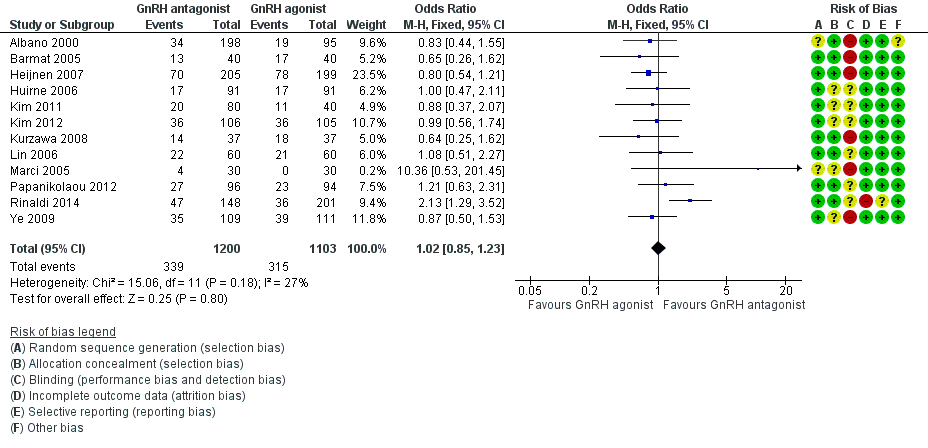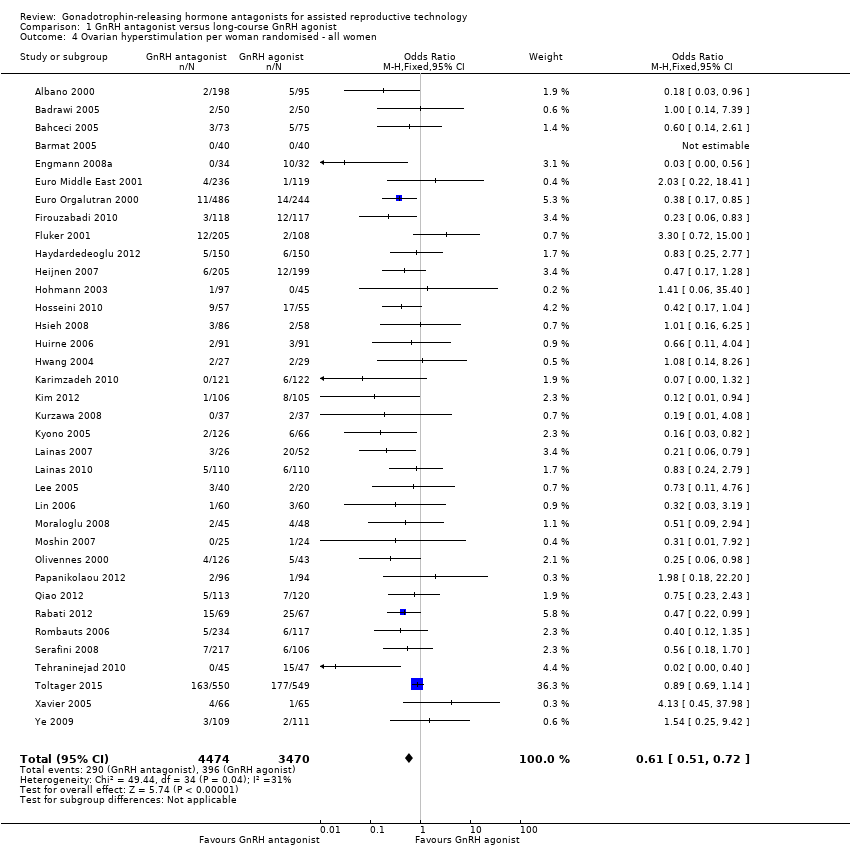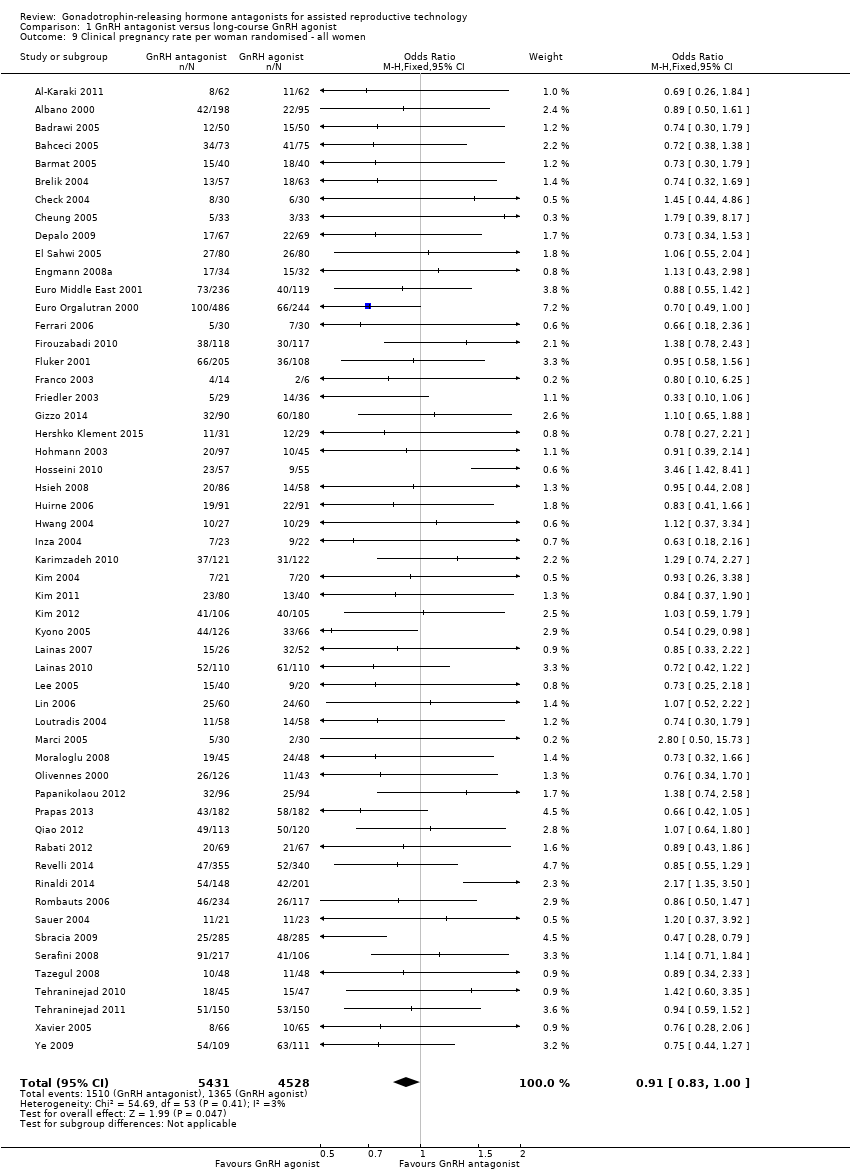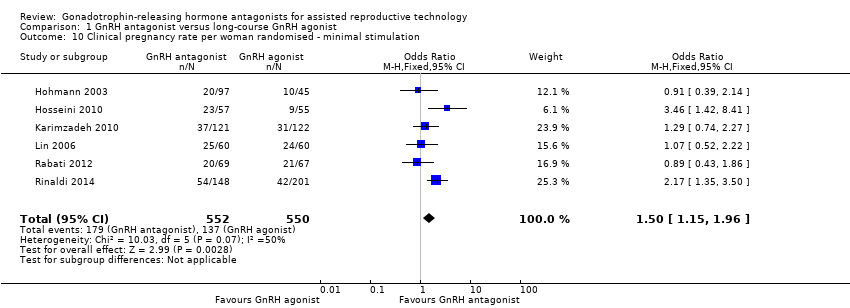Contenido relacionado
Revisiones y protocolos relacionados
Charalampos S Siristatidis, Ahmed Gibreel, George Basios, Abha Maheshwari, Siladitya Bhattacharya | 9 noviembre 2015
Demián Glujovsky, Romina Pesce, Mariana Miguens, Carlos Sueldo, Agustín Ciapponi | 30 noviembre 2023
Laura Benschop, Cindy Farquhar, Nicolien van der Poel, Maas Jan Heineman | 10 noviembre 2010
Arianna D'Angelo, Nazar N Amso, Rudaina Hassan | 23 mayo 2017
David Nugent, Patrick Vanderkerchove, Edward Hughes, M Arnot, Richard Lilford | 24 agosto 2015
Cindy Farquhar, Luk Rombauts, Jan AM Kremer, Anne Lethaby, Reuben Olugbenga Ayeleke | 25 mayo 2017
Neriman Bayram, Madelon van Wely, Fulco Van der Veen | 21 julio 2003
Mohamed AFM Youssef, Fulco Van der Veen, Hesham G Al‐Inany, Monique H Mochtar, Georg Griesinger, Mohamed Nagi Mohesen, Ismail Aboulfoutouh, Madelon van Wely | 31 octubre 2014
Luiz Eduardo T Albuquerque, Leopoldo O Tso, Humberto Saconato, Maria Cecília R M Albuquerque, Cristiane R Macedo | 31 enero 2013
Mohan S Kamath, Abha Maheshwari, Siladitya Bhattacharya, Kar Yee Lor, Ahmed Gibreel | 2 noviembre 2017
Respuestas clínicas Cochrane
Sera Tort, George Salamalekis | 5 diciembre 2016























